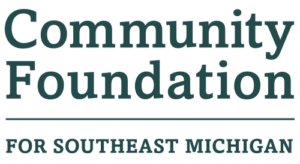Session originally hosted August 2022
After a patient is administered or prescribed medication for opioid use disorder (MOUD) in the emergency department (ED), they must be admitted inpatient, referred to outpatient treatment, and/or connected to community resources. However, navigating these landscapes and locating relevant resources can be the most challenging part of establishing an ED MOUD program.
In this training, we will discuss ways to utilize and connect with all available resources outside of the emergency department. We will look at methods for inpatient integration and provide strategies to incorporate warm handoffs into your ED MOUD program. We will review and evaluate community-based options, including harm reduction strategies, support groups, “detox” programs, methadone clinics, and outpatient providers. Throughout the session, we will discuss how to optimize follow up and pitfalls to avoid.
At the conclusion of this training, learners should be able to:
✓ Support inpatient integration of critical ED MOUD care processes
✓ Define harm reduction and syringe service program
✓ Explain why long-term, medication-based treatment is most effective
✓ Locate and evaluate various community-based care options, including harm reduction and treatment options
✓ Formulate a plan if unable to secure outpatient treatment for a patient
Video length: 1 hour 57 minutes = 2.0 CME credits
Presenters: Andy King, MD; Arianna Campbell, PA-C; Nick Rademacher, MD, Dominic Borgialli, DO; Erin McClelland, LPC; Jake Manteuffel, MD; Tana Brookes, RN
Original Release Date: August 18, 2022
Termination Date: July 1, 2025
This activity has been planned and implemented in accordance with the accreditation requirements and policies of the Accreditation Council for Continuing Medical Education (ACCME) through the joint providership of Michigan State University and the Community Foundation for Southeast Michigan. Michigan State University is accredited by the ACCME to provide continuing medical education for physicians.
Michigan State University designates this Enduring Material activity for a maximum of 2.0 AMA PRA Category 1 Credits™. Physicians should claim only the credit commensurate with the extent of their participation in the activity.
Summary of Financial Disclosures: All planners, reviewers, faculty presenters have nothing to disclose.
Commercial Support Disclosure: No commercial support was provided for this CME activity


